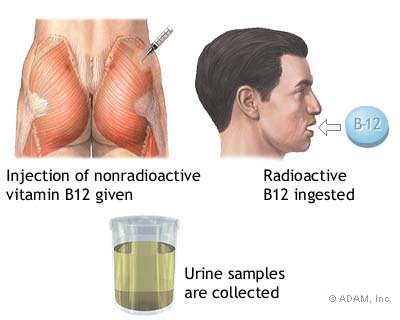
Quitting smoking is a popular new Year’s resolution, and quitting smokeless tobacco is just as important for the sake of your health. “Smokeless” does not mean it’s harmless, and it still has a multitude of risks.
Smokeless tobacco (also called chewing tobacco, spit, dip, snuff, snus or chew) has more than 3,000 chemicals, including 28 cancer-causing substances, Blount Memorial Business Health registered nurse and programs nurse coordinator Sharon Johnson explains. “People may think that smokeless means that it’s harmless, but nothing could be further from the truth. Smokeless tobacco can harm your health and place you at risk for developing certain types of cancer.”
In 2005, the five largest tobacco companies spent more than $250 million on smokeless tobacco advertising, according to the Federal Trade Commission. their main targets were young men. “Each year, doctors find more than 35,000 new cases of mouth and throat cancer,” Johnson says. “Approximately half of those people will die within five years.” recent research shows that spit tobacco use may cause problems beyond the mouth. it also has been associated with cancers of the esophagus, larynx, pancreas and stomach, as well as an increased risk of heart attacks and other cardiovascular diseases.
Besides causing cancer, smokeless tobacco also can affect your smile. according to the American Dental Association, smokeless tobacco can lead to gum disease and tooth loss. Smokeless tobacco also contains sugar that can contribute to cavities. not to mention, your teeth and tongue can become brown and stained.
Nicotine, which is found in all tobacco products, is a highly addictive drug which affects the brain and the body, Johnson says. Some smokeless tobacco products can even contain more nicotine than cigarettes. “Because smokeless tobacco contains nicotine, you can get addicted, just as you can with cigarettes and other tobacco products,” she says. “Your body may actually absorb more nicotine from chewing tobacco or snuff than it does from a cigarette. just as with smoking, withdrawal from the nicotine in smokeless tobacco causes signs and symptoms such as intense cravings, increased appetite, irritability and depressed mood.”
Johnson says that medications and nicotine replacement products are available to help with tobacco cessation, and your physician can discuss which options are best for you. in addition, it’s helpful to take tobacco cessation classes and attend a support group. “Classes can help by providing education and support in the quit attempt, and they increase your chance for success,” Johnson says. “Classes can help a person in identifying triggers, and help to develop a plan for situations that may tempt a person to return to dipping or chewing. Classes include discussions for dealing with stress and improving overall health, without the use of tobacco.”
Blount Memorial Business Health will be offering smokeless tobacco cessation classes that start on Monday, Jan. 24, and continue for seven weeks. the eight classes are from 4-5 p.m. the cost is $75 for community members, and half of this will be refunded to those with perfect attendance. Register by Friday by calling Johnson at 977-5535.
Or, for more information on tobacco cessation, check out Living Tobacco-Free, which is a resource guide created by Blount Memorial Hospital and the Blount County Community Health Initiative. the guide can be obtained by calling the Blount Memorial Foundation and Community Outreach at 865-977-5727, or by visiting the Patient Resources section of blountmemorial.org.